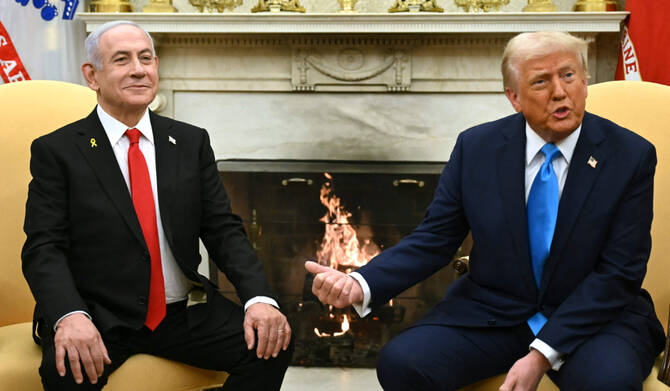Hamas has issued a response to the latest US peace plan for Gaza, signaling a potential breakthrough while also leaving major questions unanswered.
The group announced its willingness to release all Israeli hostages both living and dead according to the exchange formula outlined by President Donald Trump. That deal calls for the release of hostages within 72 hours in exchange for hundreds of Palestinian prisoners. Families of the estimated 48 hostages still held in Gaza, only 20 of whom are believed to be alive, see this as a glimmer of hope after months of uncertainty.
Equally notable is Hamas’s acceptance of another key element of the US plan: transferring governance of Gaza to a council of Palestinian technocrats. This move could reshape the territory’s political future and signal a readiness for broader compromises.
Yet, Hamas’s statement noticeably omits one of the central demands of the proposal that it lay down its arms. This absence is likely to fuel skepticism in Israel, where officials must now determine whether the response represents genuine goodwill or a tactic to prolong negotiations.
The timing of Hamas’s response adds further intrigue. It came just hours after Trump issued an ultimatum, warning of “all hell” if an agreement was not reached by Sunday evening. Trump, for his part, hailed the statement as evidence Hamas is “ready for a lasting peace,” and urged Israel to halt its bombing of Gaza to ensure hostages can be released safely.
However, Israeli leaders are unlikely to welcome Trump’s suggestion that Hamas retain a role in Gaza’s long-term political negotiations. While Friday’s development is undoubtedly significant, the road to peace remains long and fraught with unresolved issues.
As Trump himself admitted in a later video message, “We’ll see how it all turns out. We have to get the final word down and concrete.”

